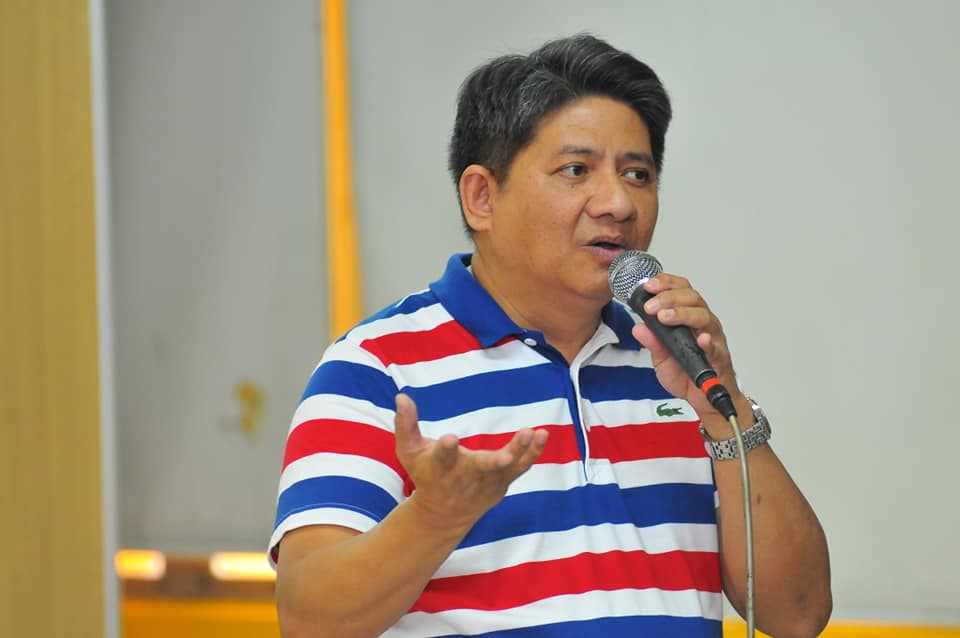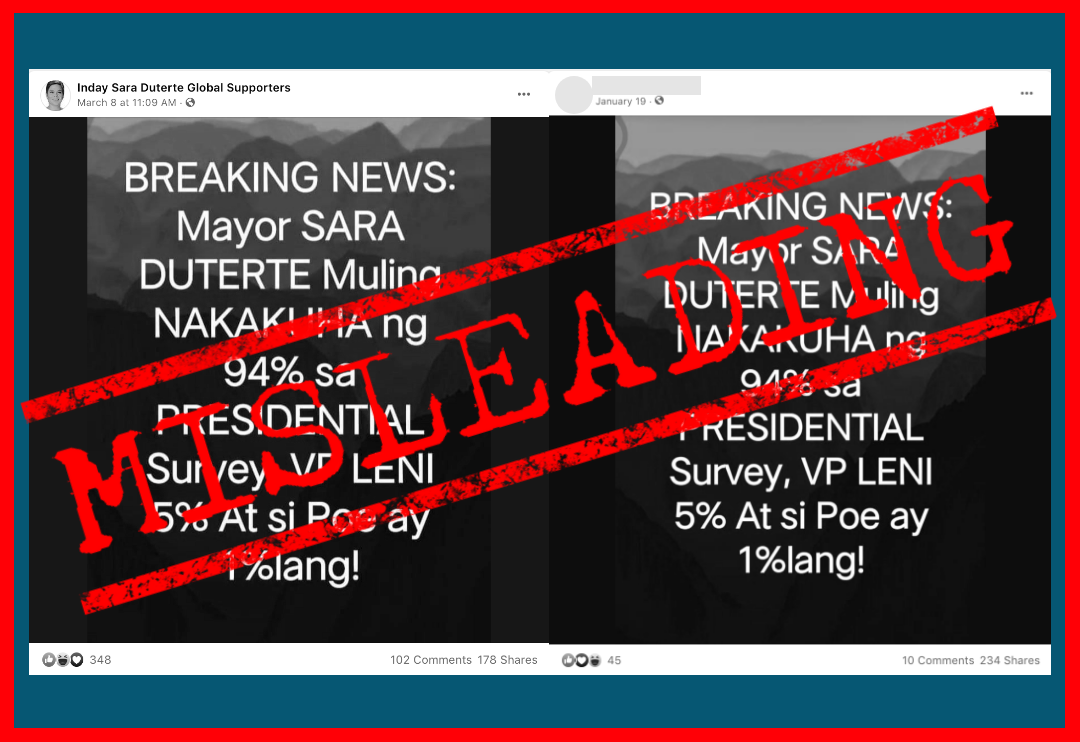Our collective attention is being called by the blogger who goes by the Twitter handle of Miyako Izabel (“writer and independent publisher, political blogger and social media activist, existentialist and public anthropologist, Filipino and citizen of the world”).She is from the Davao region and dishes sociopolitical analysis without fear of the Davao City dispensation in Malacañang.
Miyako talks about what she calls “disproportionate sampling” in national surveys.
The common practice of polling firms is to divide the country into four survey divisions: the National Capital Region (NCR), Balance of Luzon (BOL), the Visayas, and Mindanao. The term “Balance of Luzon,” which refers to the rest of Luzon outside the 16 cities and one municipality (Pateros) that make up NCR, however, needs explaining.The Philippine Statistics Authority (PSA), which provides economic, social, and political demographics on the country, does not use the term.
For starters, let us compare the populations of two survey divisions. Based on the PSA’s 2020 Census of Population and Housing, NCR has a population of 13,484,462, while BOL (which is composed of six administrative regions: I, II, III, CALABARZON, MIMAROPA, and V) has a population of 46,914,820.
Here is where Miyako raises a valid point.
NCR has 1,710 barangays from where polling firms randomly select 300 respondents for a presidential survey. BOL, on the other hand, has 20,518 barangays, but survey companies provide the same number of 300 respondents for this division in their polls. To drive home the point, the Visayas region is composed of 11,444 barangays while Mindanao has 10,084, but both are likewise allocated 300 respondents each to complete the 1,200-sample size in presidential surveys.
“The Philippines has many statisticians but no one questions Pulse Asia or the Social Weather Stations on why they use stratified sampling that do not correspond to the ratio of the population,” Miyako asks in her blog. Indeed, how do we know if BOL respondents are evenly distributed from all of Luzon? There is validity in that question. Miyako also asks how regionalism is a factor in these surveys. Are polling firms even able to read regional cultures if BOL is taken as one survey division?
In reaction, one reader Joematrio wants to know: “Is this proper sampling?” Another one, noblepine, echoes the question: “Is this representative sampling?”
From the Commission on Elections data we learn that there are close to 63 million registered voters for the May 2022 elections. Again, take note of the sample size of 300 for each of the four survey divisions, for a total of 1,200 survey respondents.
Let us go by the definitions and ethics that demographic scientists adhere to.
GeoPoll, a survey firm that has conducted remote research through mobile-based methodologies in Africa, Asia, and Latin America, notes that “determining the appropriate sample size (which references the total number of respondents included in a study) is one of the most important factors in statistical analysis.”
It further says: “If the sample size is too small, it will not yield valid results or adequately represent the realities of the population being studied. On the other hand, while larger sample sizes yield smaller margins of error and are more representative, a sample size that is too large may significantly increase the cost and time taken to conduct the research.”
If we cannot help but be academic, let us review the definition of “margin of error,” or what is also called the confidence interval. The margin of error is the number that shows the level of error in the results of any survey, expressed in + and -.
Let us put this in layman’s terms. BOL, because of its big population, is underrepresented in surveys. If we go by methodologies that define the demographic science as explained, for instance, by the Pew Research Center, this means that the people in BOL have less chances of being polled.Pew says that this non-response bias “is widely recognized as a potential source of error that can reduce the accuracy of all types of polls.”
It, therefore, behooves polling firms to explain if their survey results can be considered trusted data. The first benefit of an electoral poll is information, above anything else. If the sampling is disproportionate, that social benefit is defeated.
Disproportionate sampling may also go against the ethics that professional organizations of survey researchers adhere to because the source of the information in their polls is the people. It begs the question: Do these polls truly represent the Filipino public, or what ethical pollsters call representation?
Pulse Asia, for one, states on its website that it is a member of the World Association of Public Opinion Research (WAPOR). The code of ethics of WAPOR states: “The general public is the source of much of this information. Consequently, members of WAPOR acknowledge their obligations to protect the public from misrepresentation and exploitation in the name of research.”
We do not question the credentials of the scientists who run these firms. But surveys are a matter of public interest and trust. The voting public would be best served if polling firms clarify these points.
The views in this column are those of the author and do not necessarily reflect the views of VERA Files.




